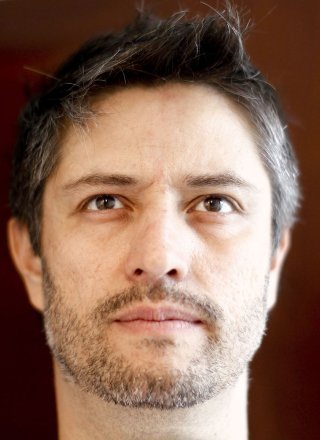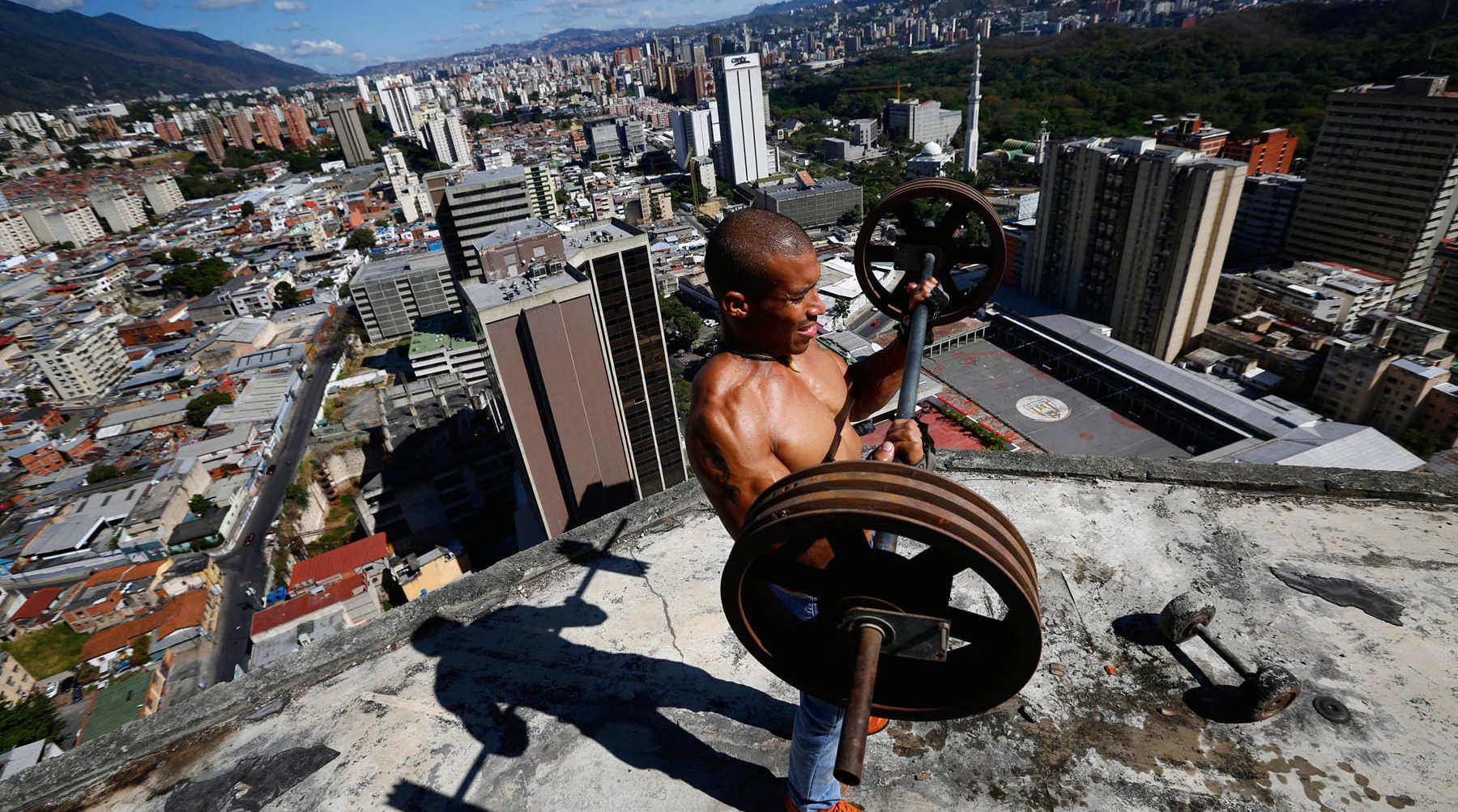
The Skyscraper Slum
Jorge Silva
Reuters
It boasts glorious views of the Avila mountain range and large balconies for weekend barbecues. Yet this 45-storey skyscraper in the centre of Venezuela’s capital Caracas is no five-star hotel or swanky apartment block. It is a slum, probably the tallest in the world.
Dubbed the “Tower of David,” it was intended to be a shining new financial center, but was abandoned around 1994 after the death of its developer (financier and horse-breeder David Brillembourg), and a massive run on Venezuela’s banking sector.
Squatters seized the huge concrete skeleton in 2007. The socialist government of President Hugo Chavez turned a blind eye to it, and now some 3000 people call the tower their home. By the time the building was abandoned, work was sufficiently advanced for the first 28 floors to be almost habitable. The squatters had to brick up dangerous open spaces, and put in their own basic plumbing, electrical and water systems.
While many Caracas residents view it as a den of thieves and a symbol of utter disrespect for property, residents see the Tower of David as a safe haven that has rescued them from the capital’s crime-ridden slums. It appears, at least for the present, to have escaped the violence and turf warfare that followed similar building takeovers in Caracas over the last decade, often launched under the banner of Chavez’s self-styled revolution.
Preview
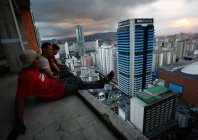
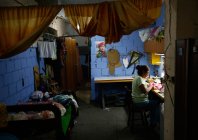
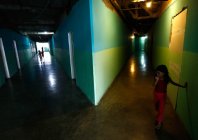
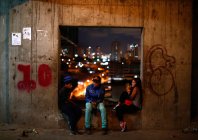
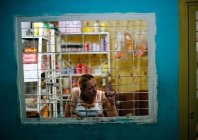

Communal corridors are freshly polished, rules and rosters are posted everywhere; non-compliance is punished with extra "community service" decided by a cooperative and floor delegates who form a mini-government. Families pay a monthly "condominium fee” of 200 bolivars ($32), which helps fund 24-hour security patrols.
Yet few deny that conditions can be precarious. Accidents include one young girl who fell to her death through a hole in a wall, and a drunken motorcyclist who killed himself driving over the edge of the building. There have been police raids in search of kidnap victims, which has adding to its notoriety. Residents acknowledge that the tower has had problems with crime, but insist miscreants have been kicked out, and a new leadership is keeping the house in order.
While attempting to gain access to photograph the story, Jorge Silva met with the residents’ board of administrators who are wary of the media after negative reports on the tower. He explained that he wanted to portray life in the building, and document it without judging. Afterwards, one woman said: “So you’re not coming to see the crocodile we have in the basement? Out there they say that we have one which eats people who come into the tower.”
Silva felt a strong sense of community the first time he climbed the stairs in the skyscraper with a resident, Thais, who live on the 27th floor with her daughter, Genesis. Thais was carrying two loaves of bread, and as they went up, she paused to chat with different people, each time sharing some bread. By the time they reached the apartment, there was no bread left.
Silva could see that it was a tightly knit community. “During my days in the tower, I felt safer inside than out on the street.”
Andrew Cawthorne (Reuters Bureau Chief, Andean Region) and Jorge Silva (Reuters Photographer, Venezuela)
Report: January and March 2014






